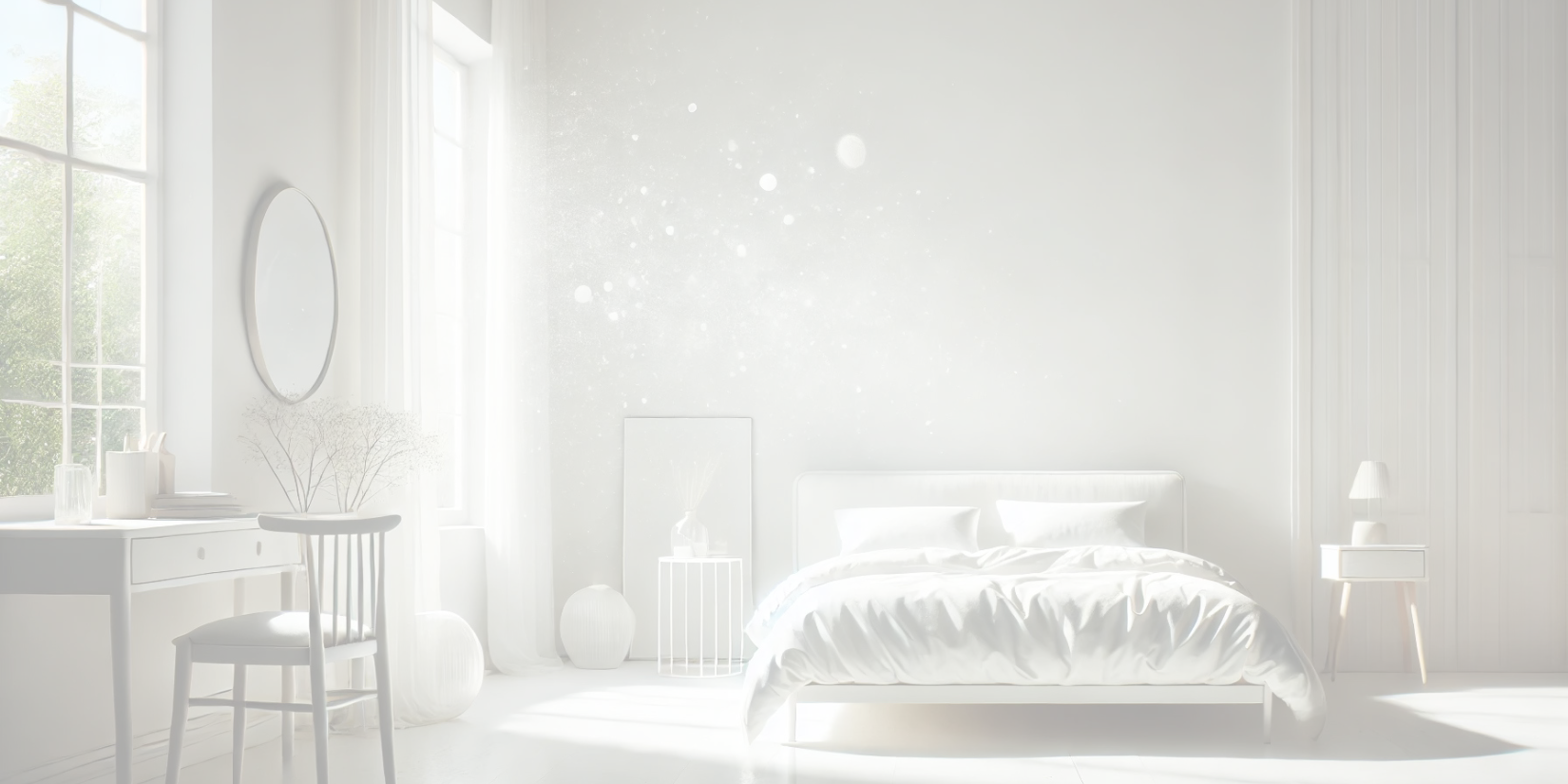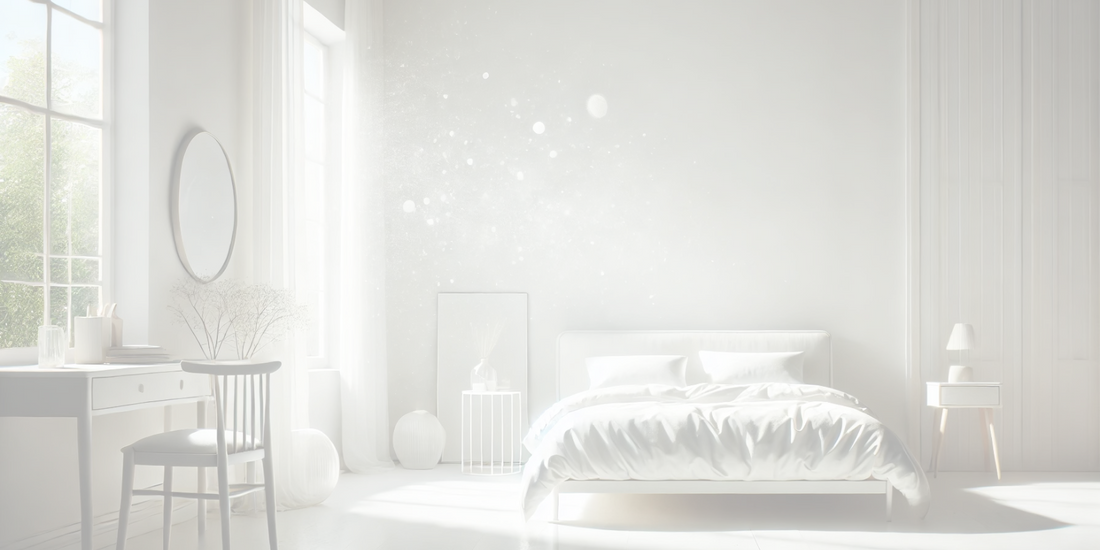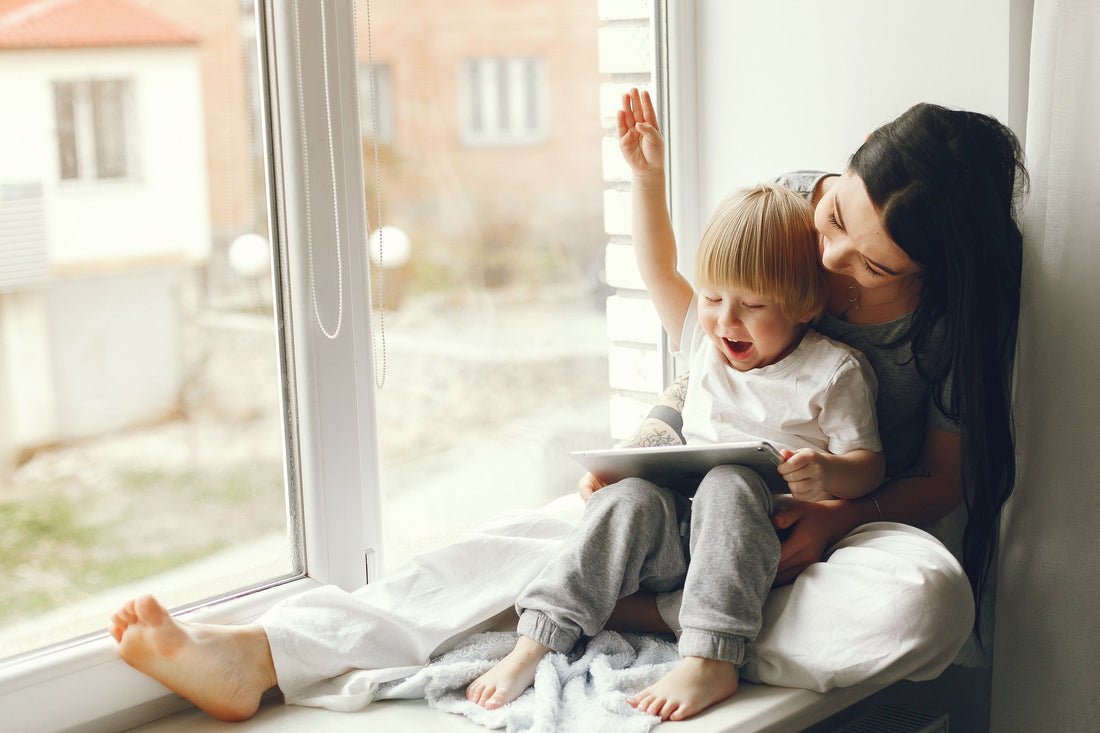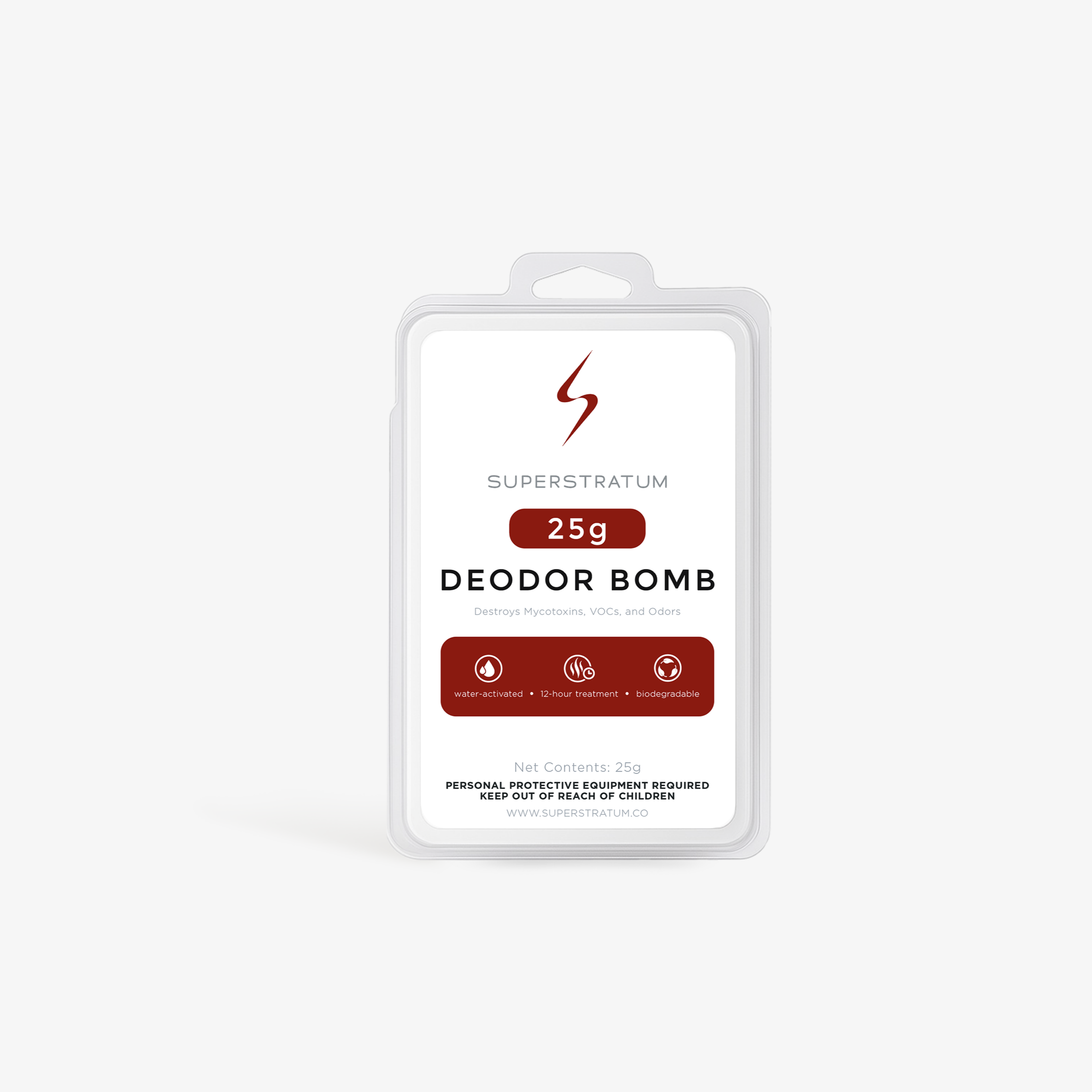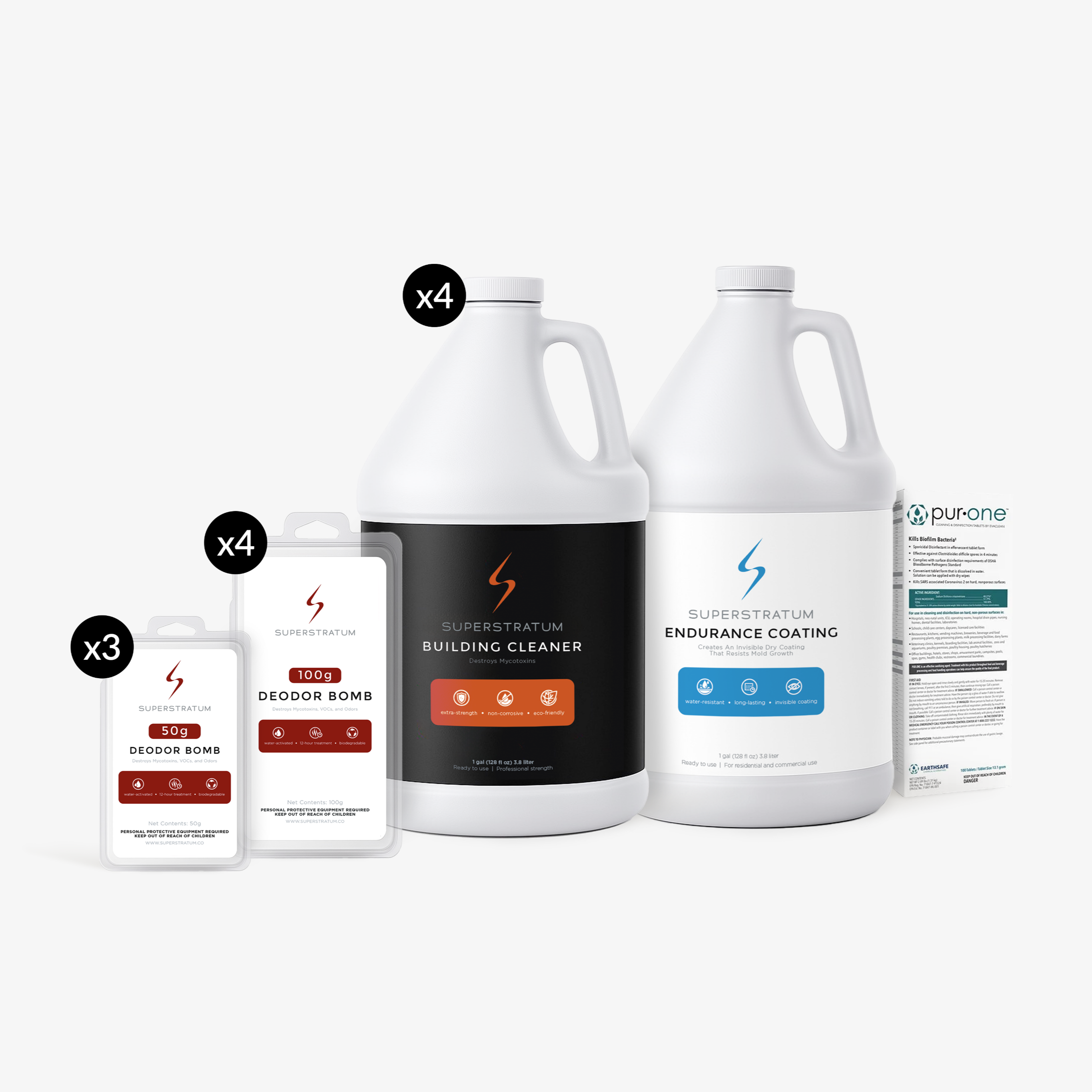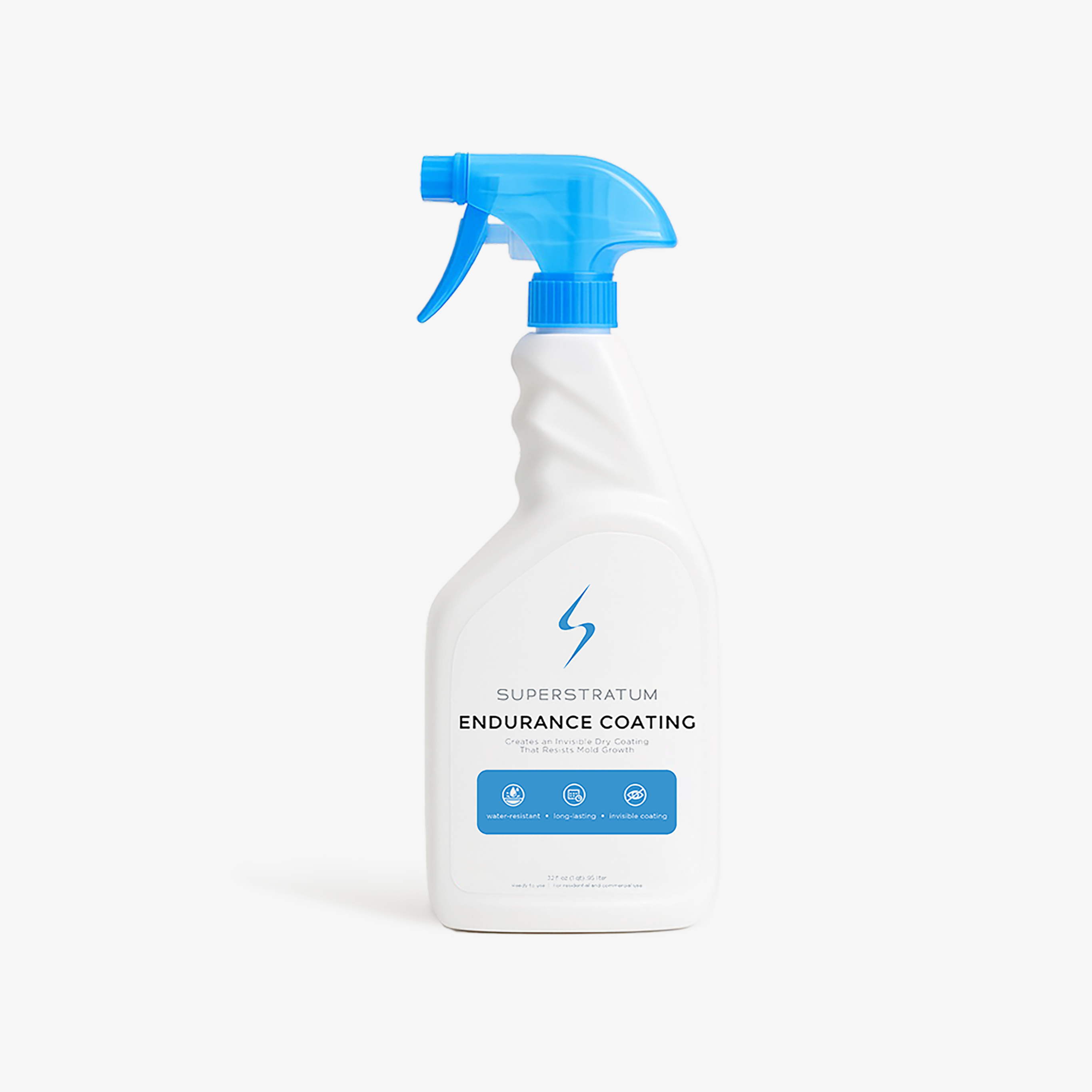When your home is contaminated with mold, the damage doesn't end with the structure—your belongings also become contaminated. Mycotoxins, toxic compounds produced by certain molds, embed themselves in materials like fabrics, wood, and even metal. These toxins are difficult to remove and continue to trigger health issues, even when the items are moved to a new home.
In the past, people had no choice but to discard contaminated items to protect their health. However, Superstratum offers a proven cleaning system, validated by third-party testing, that effectively destroys mycotoxins. Now, you can save your treasured belongings and safely transport them to a new space.
This article outlines the basic steps of Superstratum’s Mycotoxin Content Cleaning Protocol. For a more detailed guide, download our comprehensive guide at the end of this article!
Download the Mycotoxin Content Cleaning GuideStep-by-Step: How to Clean Your Belongings After Mold Contamination
Step 1: Create a Containment Zone
Before starting the cleaning process, identify a confined area to safely treat your contaminated items. Ideal spaces include a garage, storage unit, or a sealed-off room within your home.
What You’ll Need:
- 6-mil plastic sheeting
- Painter’s tape
- Hygrometer (to monitor humidity levels)
Tips: Seal all gaps or cracks in the containment area with plastic sheeting and tape. Ensure the area is large enough to spread out items, allowing the Superstratum products to reach all surfaces.

Step 2: Decide What to Keep and Discard
Not all items are worth saving. Evaluate what can be cleaned and what should be discarded. Items like cardboard boxes, wicker furniture, and non-essential paper should be thrown away to prevent recontamination.
Pro Tip: Use this opportunity to declutter and start fresh in your new space.

Step 3: Purchase Superstratum Products
Purchase the necessary cleaning products based on the size of your containment zone and the items you need to clean.
- Building Cleaner: Suitable for direct spray applications and fogging. One gallon covers ~300 sq ft for microcleaning and ~10,000 cu ft for fogging.
- Deodor Bombs: For gas treatment—select size based on containment area.

Step 4: Prepare Your Space and Items for Cleaning
Organize your belongings within the containment zone. Hang clothes and drapes, remove cushions from furniture, and stand mattresses upright to ensure full exposure to the cleaner and gas. Protect sensitive items like electronics, artwork, and leather with plastic sheeting.

Step 5: HEPA Vacuum and Microclean with Building Cleaner
Start by vacuuming all items using a HEPA-filter vacuum to remove dust, debris, and mold spores. This prepares the surfaces for effective cleaning.
What You’ll Need:
- HEPA-filter vacuum or Shop Vac with HEPA filter
- Spray bottles or garden pump sprayer
- Disposable microfiber wipes
Instructions:
- Vacuum furniture, cushions, and rugs thoroughly.
- Fill a sprayer with Superstratum Building Cleaner and spray liberally.
- Allow cleaner to dwell 10 seconds, then wipe with fresh microfiber wipes (one per 3 sq ft).

Step 6: Fog the Space and Belongings
Fog the containment zone and belongings with Building Cleaner using a ULV fogger. This ensures the solution reaches every corner.
What You’ll Need:
- ULV fogger (rental options available)
- Hygrometer
- Painter’s tape and plastic sheeting
Instructions:
- Fog all surfaces at ~1 gal per 10,000 cu ft.
- Maintain humidity ≥65 % with a hygrometer.

Step 7: Gas Treatment with Superstratum Deodor Bombs
Neutralize any remaining mycotoxins using chlorine dioxide gas, which penetrates deep into porous materials.
What You’ll Need:
- Superstratum Deodor Bombs
- Electric or box fan
- N95 mask & nitrile gloves
Instructions:
- Place bombs throughout containment area, elevated off the ground.
- Activate by adding water to the sponge containers.
- Seal area and allow gas to sit undisturbed for ≥12 hours.

Step 8: Air Out the Space
After gas treatment, reenter wearing an N95 mask and gloves. Open windows and use fans to clear residual chlorine dioxide gas.

Step 9: Transport Your Cleaned Belongings Safely
Once decontaminated, transport items in plastic bins—avoid cardboard, which can harbor spores and mycotoxins.

The Importance of Mycotoxin Removal for Health
By following these steps, you safeguard your belongings and health. Left untreated, mycotoxins can contribute to Building Related Illness (BRI), causing autoimmune disease, cancer, mental illness, and cognitive dysfunction. Superstratum products are scientifically proven to destroy mycotoxins, helping you reclaim your belongings and break free from the cycle of contamination.
© 2025 Superstratum | Privacy Policy | Cookies


